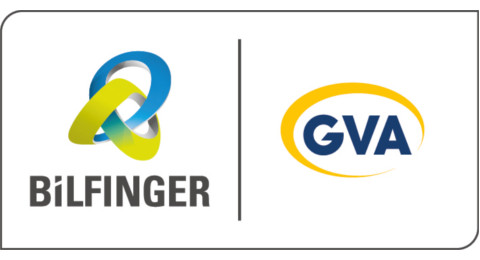“Sustainability is about the future” proclaimed one speaker at yesterday’s Corporate Reporting and Communications conference.
This statement echoes my previous blog, ESG as a crystal ball, which focused on how investors are using environmental, social and governance metrics to assess risk. Below are insights I took from yesterday’s conference on how companies can understand the new risks and opportunities to their business and effectively report and communicate their actions.
Expect the unexpected
We haven't yet heard of 70% of the companies that will make up the S&P 500 by 2020 according to Marjella Alma of eRevalue. We are living in exponential times. Therefore the role of the corporate sustainability advisor is to steer the business along a safe course in these choppy waters.
Dr Alan Knight, the head of sustainability at Arcelor Mittal, suggested that the problem of businesses is that their spectrum of sight is very narrow. Sustainability teams should therefore be showing them how those things happening out of sight will impact the business. This requires understanding how the business operates in the context of megatrends. Martina McPherson, Associate Director at Hermes Investment Management, used a model that identified macro trends, then systemic risks and then the potential cost to companies. Another speaker put the risks in terms of regulatory, competitor, supply chain and reputational.
Nobody was sure the extent to which businesses were yet adopting such thinking but a representative from BITC said that in their recent insight report 80% of respondents stated that they were responding to mega trends…if I was feeling cynical I might say this means 80% know they should be responding to megatrends.
Embrace the shift
A number of speakers used the word “shift” to explain the resulting changes in the business landscape. Ian Jameson from PWC explained the three shifts he saw happening:
- From a financial capital market system to an inclusive capital market system
- From short term capital markets to sustainable capital markets
- From standalone sustainability/ESG reporting to integrated reporting
All of these require much broader thinking from businesses when identifying their place in the coming world. For Arcellor Mittal there is a shift in perspective from company to society. For example they are moving from reporting on how many pounds they have spent to how many they have created through their entire value chain.
SAP, a global software company, was used as an example of broader thinking around value. They calculated that for each percentage point their staff retention rate goes up or down, the impact on their operating profit is approximately €62 million.
Connect the dots
Most organisations still silo their data and thinking and therefore are not fully utilising the information available to them. Many people presume the Board will be connecting all the reporting strands and data points and seeing the overall picture, but usually this is not the case. Lara Muller, CEO Onimpact, spoke of the need to integrate all the data that we can now have into the role of future proofing the company. If we integrate big data into materiality analysis it helps us see the future.
Big data may be the best way to get ESG data out of the sustainability silo and connected to the mainstream business reporting. For this it was felt that innovation in corporate reporting was required, including in processes. In this vein, Integrated Reporting was mentioned and that it is not the next evolution in sustainability reporting, but rather the next evolution in corporate reporting.
Marjella Alma of eRevalu believed it is becoming unnecessary to read all the sustainability reports in order to find trends, as software can now aggregate and analyse this for us. Analytics demonstrated how the amount of disclosure by VW on emissions over the last 5 years had declined, and how in the same time exhaust emissions in the US become more regulated. The point being that if somebody, or something, had been joining up this data they could have identified a growing risk.
The challenge for companies is to find ways to combine the data from different departments and find meaningful indices. This should include linking with traditional indicators used by finance and other departments so that one true value proposition is found.
Focus on the business
To build the business case around sustainability it must be backed up with data. However, it was good to hear presenters talk of the importance of not getting lost in reporting frameworks and indices. We need change but we mustn’t forget to align it with the actual business. An important part of this is to use the existing lexicon of the business. We need to stop talking the language of sustainability and use the language of the company, such as innovation, compliance and future proofing.
Rather than just using the reporting frameworks we must decide what is important for the company at a strategic level and then integrate these indices into the company dashboard.
Ellen Jacowski, Sustainability Innovation at HP Inc, believed that communications should be to everyone, everywhere. This includes executives, business lines, all employees and external stakeholders. Language and frequency must be considered and the yearly annual report is no longer the only platform.
In summary, the question that businesses need to ask themselves is How can we be a trusted and significant contributor to a sustainable future? The answer should emerge from a process of recognising how the world is changing and embracing the changes required in business, by identifying and uniting the appropriate metrics and all the while keeping in sight your unique businesses service offer and culture.
Bilfinger GVA are a member of the BBP's Managing Agents Partnership. Read more about this project here.
